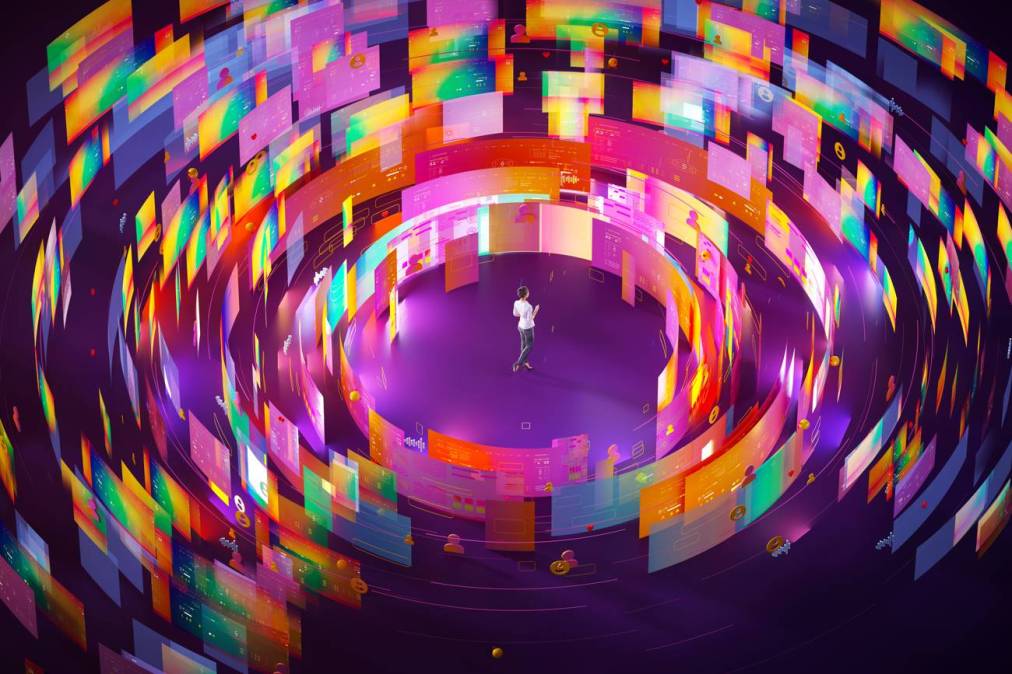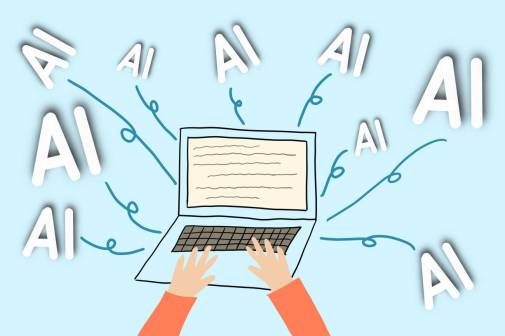Nevada updates illicit material laws to include AI-generated content

Nevada Gov. Joe Lombardo signed two bills this month that expand the state’s definition of pornography to include explicit content generated by artificial intelligence.
SB 263, introduced to the state legislature in March by Sen. Nicole Cannizzaro and signed by Lombardo on June 6, updates the state’s definition of “child pornography” to include any computer-generated sexually explicit images of a minor. The legislation will take effect in October.
Nevada joins dozens of states — from California to Connecticut — that have enacted new laws or reformed old ones to address AI-generated child sexual abuse material.
“Senate Bill 263 modernizes Nevada’s existing child pornography statutes to keep Nevada’s children safe and gives law enforcement the tools they need to prosecute and deter the spread of AI generated pornography,” Cannizzaro said during a hearing before the state Judiciary Committee last March.
Gov. Lombardo approved SB 213 on June 5, expanding Nevada’s law regarding the unlawful dissemination of intimate images, often referred to as “revenge porn.” The expansion adds the use of AI to create and distribute non-consensual sexual images with the intent to harass or harm someone.
Such expansions are a growing trend. Congress last April passed the Take It Down Act, which criminalizes the nonconsensual sharing of intimate images and requires platforms to notify individuals and remove the content within 48 hours. Though the federal law is new, nearly all states, and Washington D.C., have already enacted laws criminalizing non-consensual pornography, according to the Cyber Civil Rights Initiative.





